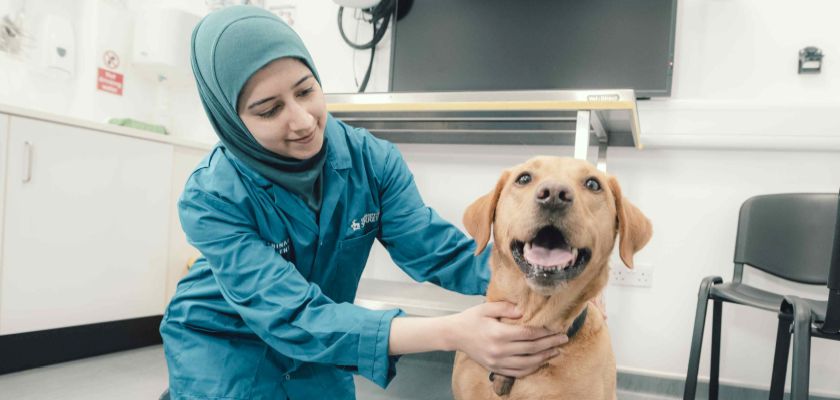-
-
- Council Members
- Role of Council Members
- Council meetings
- Council elections
- Previous election results
- Dr Louise Allum
- Dr Sam Bescoby
- Dr Andrew Clemence
- Dr Tshidi Gardiner
- Dr Reginald Godwin
- Paddy Gordon
- Dr Danielle Greenberg
- Dr Gerard Henry
- Dr Richard Hillman
- Dr Benjamin Kennedy
- Dr Tom Lonsdale
- Dr Darren Partridge
- Martin Peaty
- Alison Price
- Dr Peter Robinson
- Dr Jennifer Simmons
- Dr Sadie Spencer
- Dr Mary Thomas
- William Wilkinson
- Dr Lara Wilson
- Past-Presidents
-
-
-
-
-
- About extra-mural studies (EMS)
- EMS requirements
- Information for vet students
- Information for EMS providers
- Information for vet schools
- Temporary EMS requirements
- Practice by students - regulations
- Health and safety on EMS placements
- EMS contacts and further guidance
- Extra-mural studies fit for the future
-
-
- Code of Professional Conduct for Veterinary Surgeons
- Code of Professional Conduct for Veterinary Nurses
- Contact the Advice Team
- XL Bully dog ban
- 'Under care' - guidance
- Advice on Schedule 3
- Controlled Drugs Guidance – A to Z
- Dealing with Difficult Situations webinar recordings
- FAQs – Common medicines pitfalls
- FAQs – Routine veterinary practice and clinical veterinary research
- FAQs – Advertising of practice names
- GDPR – RCVS information and Q&As
EMS requirements
Information on how many weeks EMS students must complete, and the responsibilities vet schools have towards them.

On this page:
- About the RCVS EMS Policy
- Students who started their degree after August 2024
- Students who started their degree before August 2024
- Animal husbandry extra-mural studies (AHEMS)
- Clinical EMS
- Responsibilities of the veterinary school
- Read the full RCVS EMS policies
About the RCVS EMS Policy
The EMS requirements outlined below summarise key elements of the RCVS EMS Policy.
There are currently two policies in use:
- Students who started their degree after August 2024 are covered by the 2024 EMS policy.
- Existing students and those who started their veterinary degree before August 2024 are covered by the 2023 EMS policy.
Read full versions of the policies
Students who started their degree after August 2024
Veterinary students must carry out a total of 30 weeks of EMS over the course of their degree before they can graduate.
Of these 30 weeks:
- 10 weeks must be devoted to animal husbandry EMS (AHEMS).
- 20 weeks must be undertaken as clinical EMS.
There are no species requirements within the new policy.
Students who started their degree before August 2024
Veterinary students must carry out a total of 38 weeks of EMS over the course of their degree before they can graduate.
Of these 38 weeks:
- 12 weeks must be devoted to animal husbandry EMS (AHEMS).
- 26 weeks must be undertaken as clinical EMS.
At least one week of AHEMS must take place in each of the three main disciplines:
- Equine
- Production animal
- Small animal
Animal husbandry extra-mural studies (AHEMS)
Students should complete AHEMS during the pre-clinical years of their degree programme (usually the first and second years). On extended or intercalated programmes, students may be able to carry out AHEMS in their third year.
Clinical EMS
During the final three years of their degree programme, students are advised to complete a minimum of six weeks clinical EMS per year.
Where appropriate, some clinical EMS may be completed before the third year. However, in these cases, students must have first completed an animal husbandry assessment for the species relevant to the clinical placement. This is to ensure the safety of the student and animals.
Responsibilities of the vet school
The vet school must:
- implement the RCVS EMS policy, and
- have final sign off on all EMS placements.
Where there is flexibility within policies, the vet school has the final decision on what is acceptable. If any exemptions or reasonable adjustments are made for students, this must be clearly recorded and available for review at accreditation visits.
The RCVS EMS policies in full